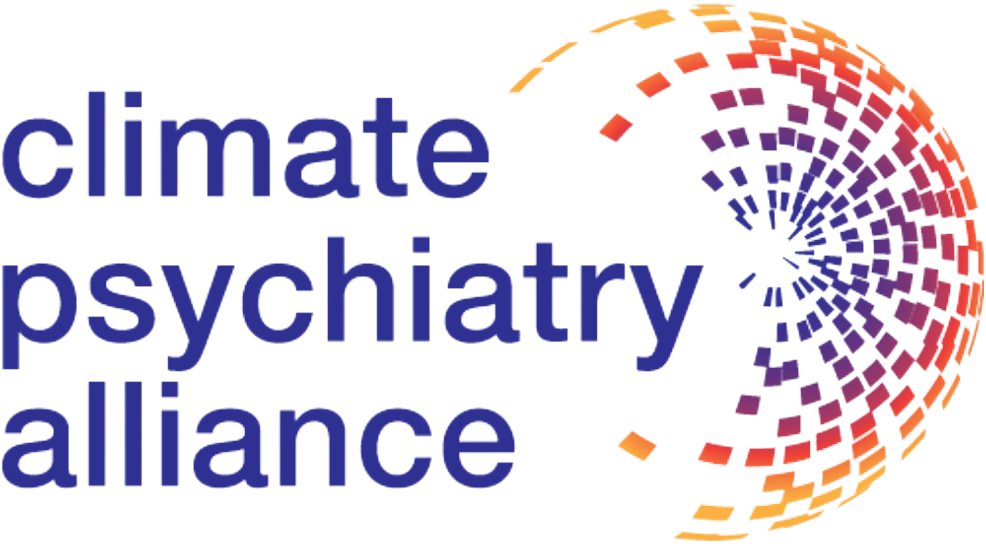WHEN DISASTERS CREEP IN
IMPACTS OF SLOW EVENTS
Robin Cooper, MD
The impacts of disasters due to extreme weather events, wildfires, floods are well documented and easy to visualize and comprehend; there is a one-two punch quality. More complex are the slower developing disasters that emerge more gradually over time. Yet these slow disasters, droughts and sea-level rise and other more gradual impacts, are no less devastating to individuals and communities with wide health and mental health risks associated with the emotional, social, demographic and economic disruptions related to climate change. (Clayton, S Manning, CM,et al 2017)
DROUGHTS
Previously cohesive and stable agrarian communities are torn apart as drought-ridden land which can no longer produce crops. Families are left in fragments as thousands of farmers, primarily men and heads of households, are migrating to overcrowded cities searching for a meager livelihood, often leaving women and children behind. Overcrowded cities where there are few unskilled jobs are inundated with these “climate refugees” creating massive overcrowding and aggravating urban poverty. Climate change is a major factor in population displacement with impacts on health. (McMichael, 2012)
Conditions are ripe for political instability and the destitute youth who see no viable future become easy recruits for terrorist organizations. The story repeats in areas of Indian Peninsula, Sub Saharan Africa and Syria and adjacent areas.
It is ironic that the areas of profound social unrest and violence in the Middle East are referred to as the Fertile Crescent; references of a long bygone era of lush productive land, which is now blighted by decades of drought. Dave Eggers poignantly tells the story of the thousands of Sudanese boys’ plight fleeing civil war through the fictionalized account of one such boy in the book “What is the What?. The Pentagon recognizes climate change contributions to geopolitical instability, social unrest, increased conflict, and the undermining of ability of fragile nations to effectively govern and has thus identified climate change as one of the top five threats to national security. (Werrell, 2019)Center for Climate and Security,
Drought conditions also are the underpinning of what has now become an epidemic of suicides in farmers in Northern Indian during the harvest season (Carleton,TA, 2017). Suicides in farmers are also reported in large numbers in Australia.(Hanigan, 2012)
Food scarcity, loss of employment, massive population displacements, weakening and breakdown of community infrastructure and social connections all have serious consequences for mental health.
SEA LEVEL RISE
There is no doubt that sea level rise is changing the topology of coastal communities.
Wetland inundation and coastal flooding are already occurring worldwide and expected to escalate (Nicholls,). The most vulnerable areas are southern Mediterranean, Africa and low-lying delta areas of South East Asia with particular concern for the Mekong Delta, a major rice production area. Caribbean, Indian Ocean and Pacific Ocean small islands sustain threats to their very existence. But, the US coastal areas are hardly immune with the Atlantic coast of and the southern Gulf delta areas already experiencing major sea level rise. Miami regularly floods, even on sunny days during high tide, with sea-water intrusion into their pipes, damaging infrastructure and threatening clean drinking water. (Lori, K 2018)
Indigenous peoples of the Isle de Jean Charles community in Louisiana Bayou are the first “climate refugees” in the mainland of USA. The economic costs to the federal government just for moving this entire but small community are $48 million. (NYTimes, 5/3/2016, Davenport C, Robertson, C (2016) New York Times). The emotional costs of losing their livelihood, heritage and culture are incalculable.
OTHER SLOW EFFECTS OF CLIMATE CHANGE: The gradual effects that are harder to observe include slow changes to climate with mean temperature and humidity increases, changes in agricultural patterns, natural landscapes and changing land use, food insecurity, increased air pollution, ecosystem disruptions, decreased availability to clean, fresh water. All of these may have impacts on mental well-being and adjustment. Increases in physical illnesses and vector born diseases also have associated emotional impacts. (Clayton, S, Manning CM 2014)
The mental health impacts of slow developing disasters overlap with the effects of acute events. Assaults to community cohesiveness, inability to sustain livelihood, loss and threats to occupational and personal identity, food and water scarcity, threats to infrastructures and homes, with contribution of potential dislocations and migrations all have impacts on mental well being and stability. Chronic stress with feelings of helplessness and fear can lead to a sense of fatalism with high levels of anxiety, despair and clinical depression as well as impaired coping and increase use of alcohol. (Am.Psychological Assoc 2017 press release, Clayton, S, Manning, CM,et al 2017)
(See companion review, “Chronic Psychic Climate Stress”, Janet Lewis, MD under Major Topics, Psychological)
References
American Psychological Association, 2017. Climate Change’s Toll on Mental Health. Press release, March 29, 2017
http://www.apa.org/news/press/releases/2017/03/climate-mental-health.aspx
Carleton, TA. Crop-damaging temperatures increase suicide rates in India(2017) Pro Natl Acad Sci, USA. 2017 Aug 15: 11433): 8746-8751
Clayton, JS, Manning, CM, Krgsman,K & Spieser, M(2017) Mental Health and Our Changing Climate: Impacts, Implications and Guidance. Washington, DC.: American Psychological Association and ecoAmerica
Davenport, C & Robertson C. Resettling The First American Refugees, New York Times, May 3, 2016. https://www.nytimes.com/2016/05/03/us/resettling-the-first-american-climate-refugees.html
Eggers, David. What Is The What,(2006) Random House, New York
Hanigan, I, et al (2012) Suicide and drought in New South Wales, Australia, 1970-2007. Proc Natl Acad Sci, 2012 Aug 28: 109(35): 13950-
Lori, K(2018) Miami is Racing Against Time to Keep Up with Sea-Level Rise. Business Insider, April 12, 2018.
http://www.businessinsider.com/miami-floods-sea-level-rise-solutions-2018-4
McMichael, C, Barnett, B., McMichael, J. (2012)An Ill Wind? Climate Change, Migration, and Health. Environ Health Perspect, v.120(5):2012, May
Nicholls, R, Frank, MJ, Hoozemans, Marchand, M. Increasing flood risk and wetland losses due to global sea-level rise; regional and global analysis. Global Environmental Change, Vol.9, Supplement 1,October 1999, Pages S69-S87
Werrell, C, Femia, F. UNESCO Courier on Climate Security and the Anthropocene, Center for Climate and Security, April 19, 2018. https://climateandsecurity.org/2018/04/19/unesco-courier-on-climate-security-the-anthropocene/

